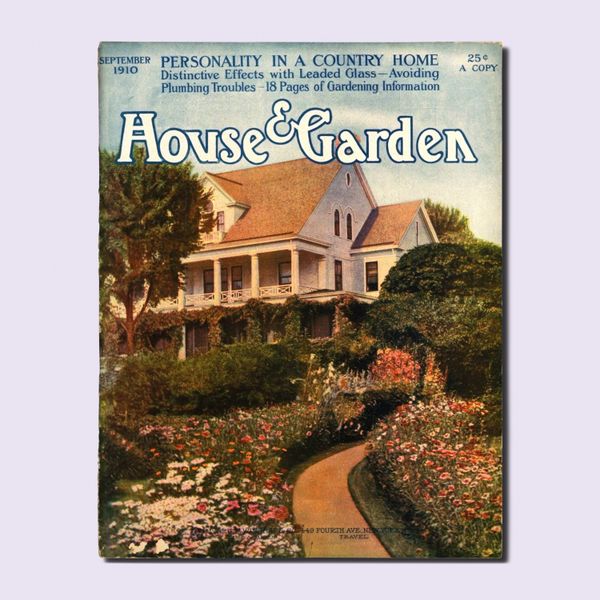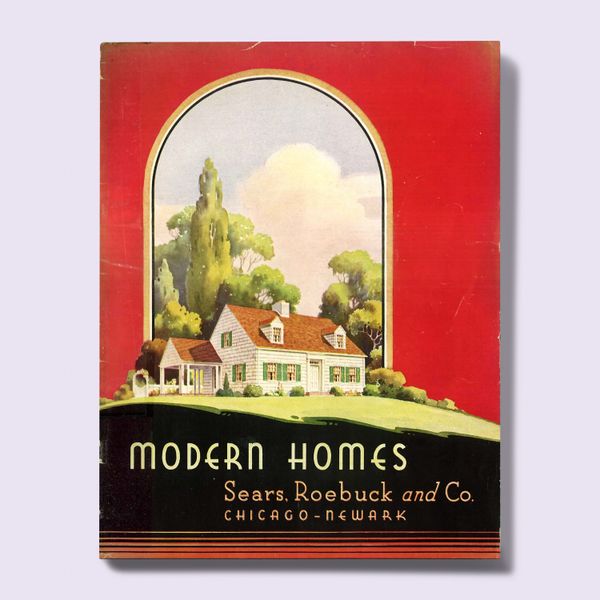The rise of the genre in the U.S. is a unique snapshot of the nation’s changing relationship with its homes.
Welcome to Origin Story, a series that chronicles the lesser-known histories of designs that have shaped how we live.
Shelter magazines—defined loosely as publications devoted to home-creating and -maintaining, from architecture and interior design to gardening—have never just been about wallpaper and paint colors. Emerging from household advice manuals of the 19th century, they’ve evolved from the Victorian era to the digital age to reflect the changing zeitgeist, both influencing and incorporating architectural journals, housing catalogs, DIY manuals, and other residential-focused media. Because this year’s September/October issue marks Dwell’s 25th anniversary, we thought it appropriate to look back at the rise of the American shelter magazine—and what its evolution reveals about the nation’s identity over its eras.

A Good Housekeeping magazine cover from the 1910s reflects a focus on marketing primarily toward women.
Courtesy Retro AdArchives via Alamy

The September 1910 House & Garden cover hinted at tips for home maintenance inside.
Courtesy Sweet/Condé Nast via Getty Images
Domestic Science
Before “shelter magazine” was an industry category—the first-known use of the term was in a 1946 New York Times article—magazines like Good Housekeeping (1885), House Beautiful (1896), and House & Garden (1901) all hit the market as architectural journals, evolving over the early 20th century to reflect the idea that the home was a workplace to be managed, with primarily women doing the managing. The publications embraced the philosophies of domestic science, a movement that treated housework as a professional discipline. Readers could find tips on how to best use and clean new appliances, investigations into the best height for kitchen countertops, and, as workforces shifted during two world wars and the Great Depression, advice on how to manage both a household and an outside-the-home job.

The Sears Modern Homes program offered mail-order, ready-to-assemble home kits. Pictured above is a 1936 catalog.
Courtesy Internet Archive
See the full story on Dwell.com: How Shelter Magazines Evolved With America
Related stories:



